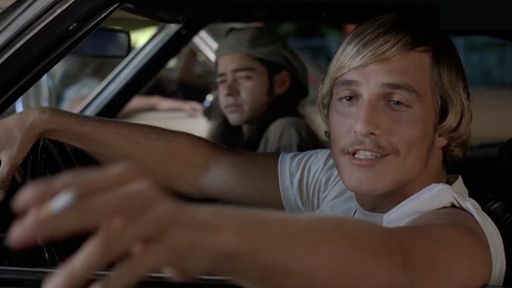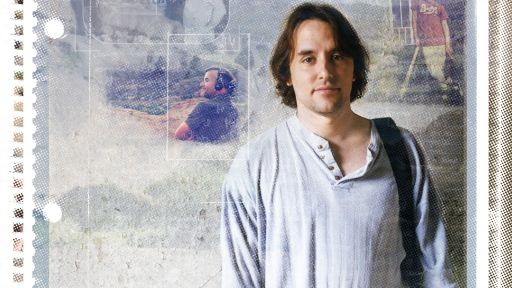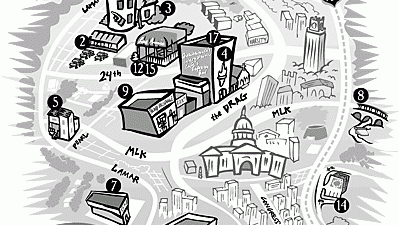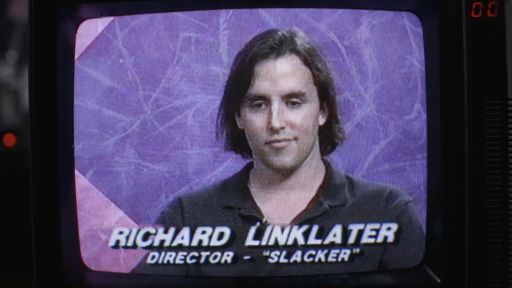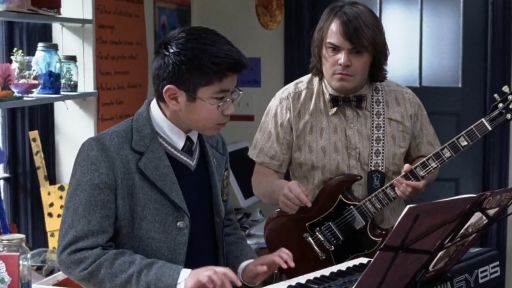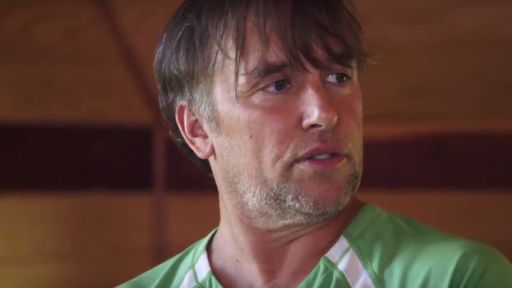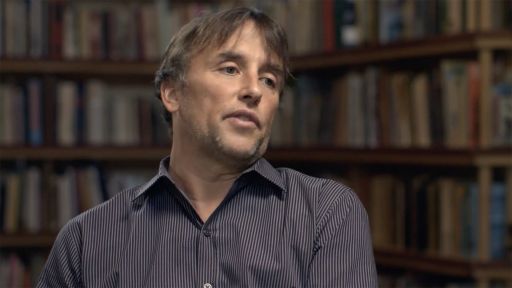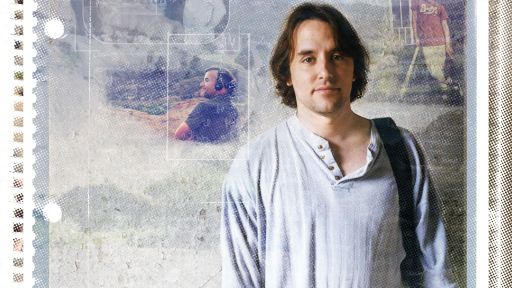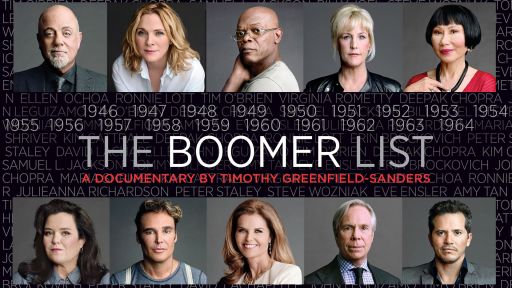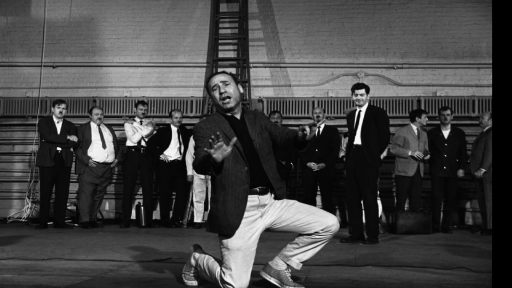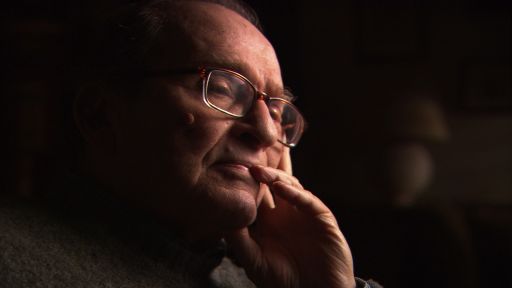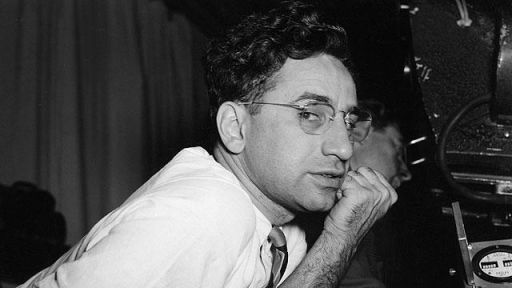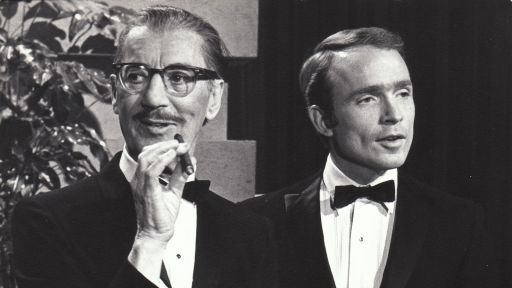TRANSCRIPT
Okay this will be a series, too, most likely.
In order to be that independent, he's going to have to have his ups and downs.
This is a guy who adapts to circumstances. I got the call. We're shooting this film and we're shooting it DV cameras, and it's going to be animated, and so we're going to cut it on this new platform called Final Cut Pro. There were a lot of new things that were happening all at once, and I think the DV camera format allowed him the ease of shooting these films in Austin with a very small budget.
And so I think it was about him trying to to be completely free and independent from the from the Hollywood system.
Pick another number. Six. We felt that with the animation, it sort of made it more engaging.
Dream is destiny.
You could actually talk about more ideas because visually you're seeing something that you haven't really ever seen before. It allows you to go further in terms of like experimenting. You don't want to come back to this exact same spot, but you can't help it through a life. It's a spiral, you know. You kind of come back to a new spot. You're farther down the line but you're in a similar position. At the time I was doing Waking Life, I was kind of back to a very similar spot.
It was a great experience, because it felt so free and it really felt like we were sort of getting away with something, the same way that Slacker did.




